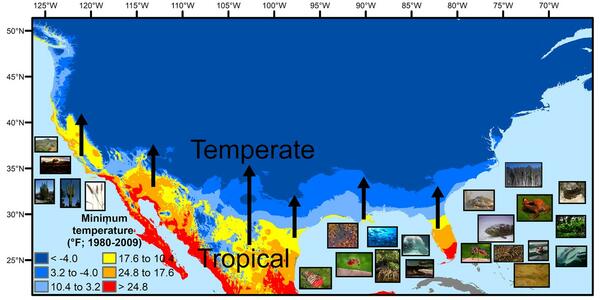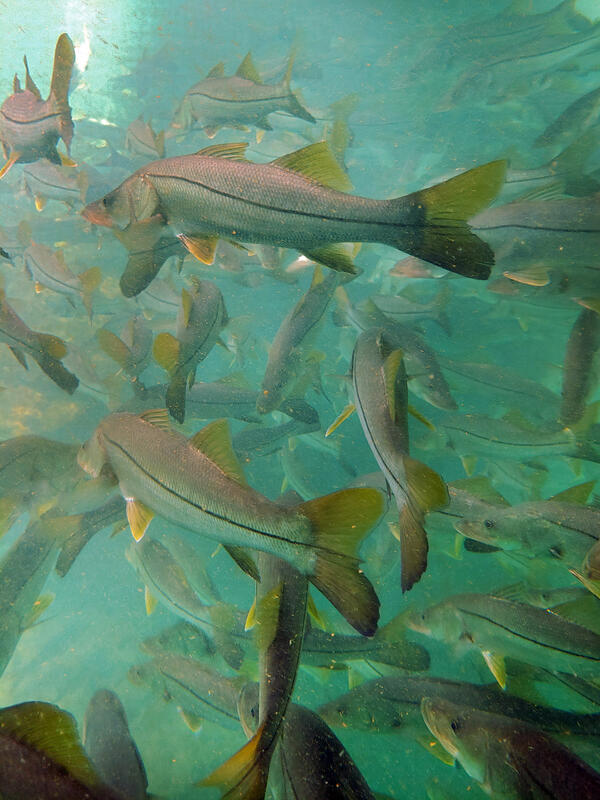Researcher aboard NOAA's R/V Bell M. Shimada prepares to deploy a conductivity, temperature, and depth (CTD) sensor array
linkAs part of the Expanding Pacific Research and Exploration of Submerged Systems (EXPRESS) 2022 expedition, a researcher aboard NOAA's R/V Bell M. Shimada prepares to deploy a conductivity, temperature, and depth (CTD) sensor array.





















